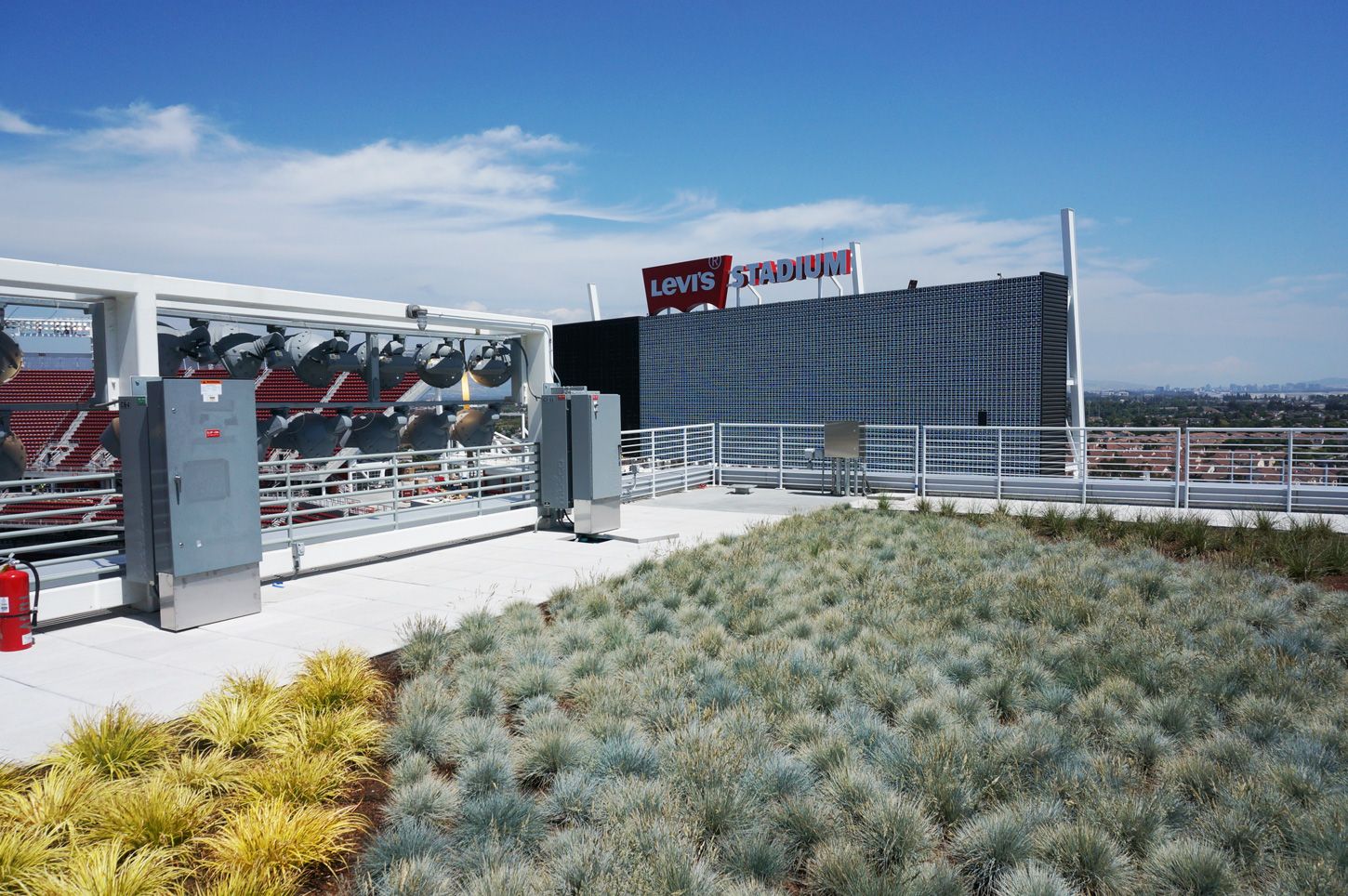On June 17, the U.S. Environmental Protection Agency (EPA) Region 4 announced the recipients of its 2015 Rain Catcher award, which recognizes excellence in the implementation of stormwater green infrastructure practices. Recognized were the City of Durham (N.C.) Department of Public Works in the award’s municipal category, Mississippi State University in the neighborhood/community category, Regency Centers in the commercial category, and the Eastern Band of Cherokee Indians in the tribal category.
The City of Durham was recognized for its Rain Catchers program, an innovative effort to install and evaluate low impact development (LID) retrofits on residential properties. The objective of the program is to reduce pollutants and storm surge in a sub-watershed of Ellerbe Creek by building small-scale projects on private property. The project clusters more than 250 LID systems, including rain gardens, cisterns, trees, and downspout disconnections. After 18 months of monitoring, directing rooftop runoff to rain gardens and cisterns has reduced runoff volumes by 47% to 97%. Read more.
EPA Region 4 recognized Mississippi State University for the Oktibbeha County Heritage Museum’s rain garden program in Starkville, Miss. The rain garden program was a 5-year project designed and constructed by university students, faculty, and community volunteers. The program provided hands-on experience for more than 200 students in 6 disciplines, and it now serves as a green infrastructure demonstration site for North Mississippi. LID elements include a rain garden, public-use pavilion with a green roof, conversion of unused parking to a grassed area, a dry swale, cistern, and sand filter. Read more.
Regency Centers was recognized for its Market at Colonnade project in Raleigh, N.C. The project demonstrates that LID and sustainability can be achieved even on intensely developed, in-fill commercial properties with clay soils. Harvested stormwater is used for surface irrigation. When combined, the project’s LID practices achieve nearly 100% capture of total nitrogen and total suspended solids from the first 2.5 cm (1 in) of rainfall. Practices include above- and below-ground cisterns, subsurface infiltration, and bioretention, which together substantially reduce peak stormwater discharges.
Finally, EPA Region 4 recognized the Eastern Band of Cherokee Indians for its Native Plant Nursery Facility in western North Carolina. The facility provides native plants for tribal projects associated with aquatic restoration and enhancement of riparian zones and wildlife habitat. The project employed two, 23-m3 (6000-gal) cisterns and has captured approximately 344 m3 (91,000 gal) of rainwater, which is used to irrigate the plants. With this rain harvesting capability, the Cherokee have reduced surface water consumption by more than 36%. Read more.





